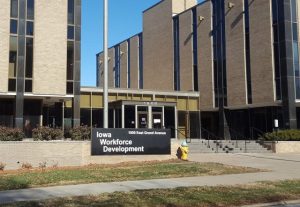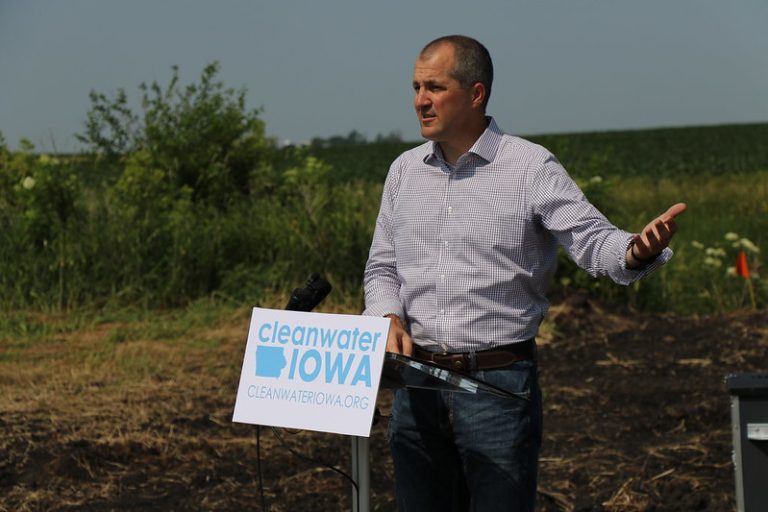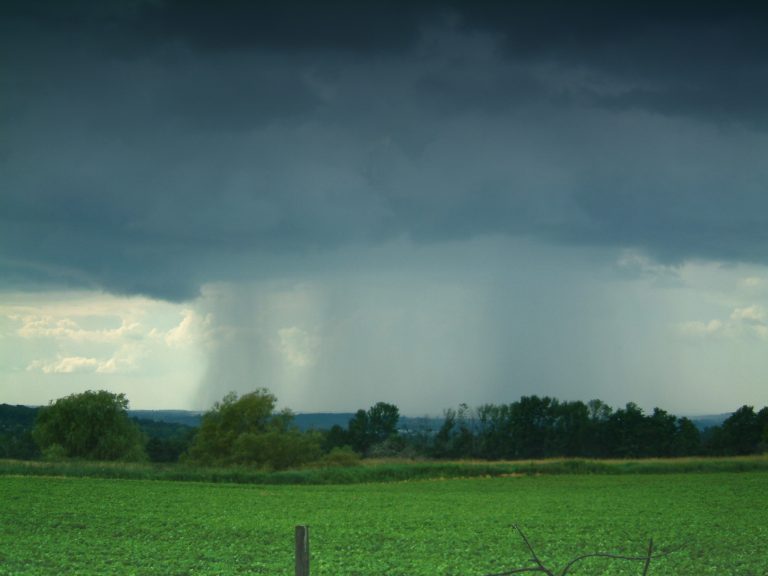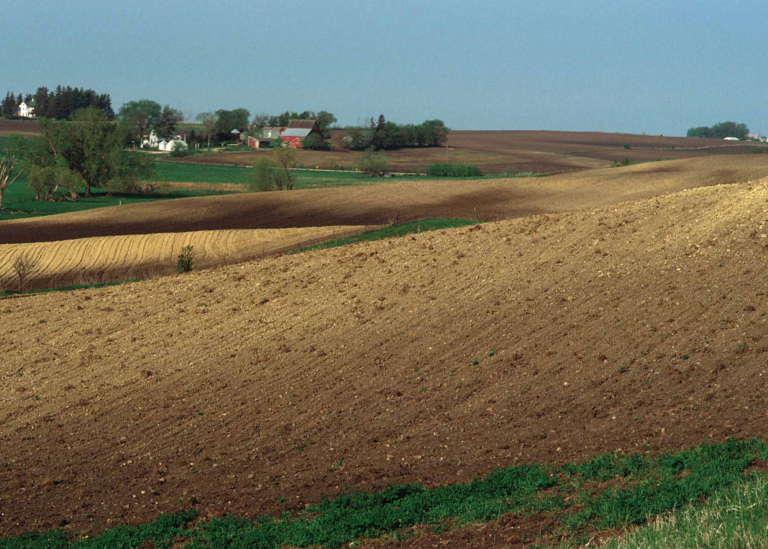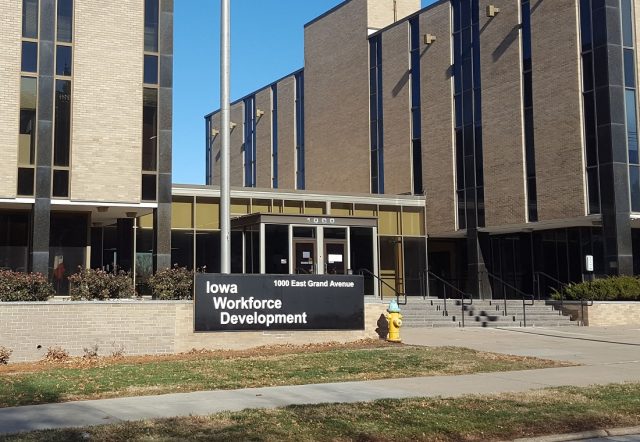The Center for Agricultural and Rural Development (CARD) has again conducted the 2018-19 land value and leasing surveys. Both results were earlier-announced and form the foundation for the annual ISU Extension and Outreach Land Leasing & Value meetings. This year, the local county ISU Extension and Outreach offices will be hosting a meeting in each of the 13 Northwest Iowa counties. Thanks to those of you who have attended in the past; we hope to see many of you this year, too!
Though now a few years old, a key factor as to why we schedule these meetings in August is the State of Iowa’s mandate on lease terminations on or before September 1. Equally important to this legal timing is our desire to have the most current crop conditions and market price information to help with decisions.
Since its initiation in 1941, the Farmland Value Survey has been sponsored annually by Iowa State University, and since 2014, has been conducted by CARD. Surveys come from individuals “knowledgeable of land market conditions,” e.g. licensed real estate brokers, farm managers, agricultural lenders and county assessors. The survey information is one of four sources of information (the others being USDA, Chicago Federal Reserve Bank and Iowa Realtor Land Institute), that when taken together, are reliable and research-based land value estimates. This particular ISU Extension and Outreach survey is the only data source that provides an annual land value estimate by county. The survey is intended to provide information on general land value trends and geographical land price relationships. It is not intended to provide a direct estimate for any one specific property parcel. Land value surveys can provide a good indication of the direction of change, based upon the opinions expressed. Greater detail from interactive county maps can be found at www.card.iastate.edu/farmland.
The 2018 survey results showed the state average decreasing to $7,246/acre, an estimation for all qualities of land. This slight $62/acre (0.8 percent) decline continued the modestly lower trends shown four of the last five years. The highest land values across the State of Iowa were reported in Northwest Iowa ($9,311/acre) which showed the same adjustments as the entire state (0.8 percent decline from last year). Positive factors bolstering values are a limited land supply (for sale), historically lower interest rates, and stronger per acre revenues (due to yields). The single largest negative factor, not surprisingly, is lower commodity prices; partly offset by softening crop input prices which allowed for a reduction to average corn and soybean total production costs. For more detailed information, review the full survey report at https://www.card.iastate.edu/farmland/isu-survey/2018/.
The Cash Rental Rates for Iowa 2019 Survey conducted by Iowa State University showed that State of Iowa farmland cash rental rates, similar to land values, decreased slightly ($3/acre, 1.4 percent) from one year ago. Northwest Iowa (District 1) also showed a decrease ($6/acre or 2.5 percent). Many of the factors discussed in regard to land value trends, similarly relate to the leasing economies. The full report of this survey can be found at https://www.extension.iastate.edu/agdm/wholefarm/html/c2-10.html.
In summary, in the State of Iowa 53 percent of the farmland is leased, and that number is increasing. Because of the larger proportion of leased farmland, a strong landlord/tenant relationship is important for the efficient, long-term allocation of Iowa’s valuable resources. Though the legal changes were minimal during this last year, “best practices” are for regular communication between the informed property owner and the manager/tenant. Because more landowners may not have ever farmed, or they may be retired from active farming, it is important to be engaged in regular ongoing communication and education concerning changes to crop technology, production costs, etc. ISU Extension and Outreach encourages attending one or more of these upcoming early-to-mid-August meetings by contacting your local county extension office.
Another thing to note, since my last article, is that the Farm Bill was signed into law. The USDA continues to work on final remarks and guidelines relative to this 5-year legislation. Once finalized, ISU Extension and Outreach will again be holding several educational meetings in Northwest Iowa. Generally, the new farm bill which does cover the 2019-2023 crops, has been best summarized by many experts as an “extension” of the 2014 farm bill. However, several key changes are worthy of a keen producer investigation. Please be watching for these farm bill meetings closer to harvest. There will be no charge for these meetings.
Finally, last Friday the USDA announced a second round of the Market Facilitation Program. This link will assist with the best-understanding for those interested: https://www.farmers.gov/manage/mfp. Producers can begin signing up for this benefit, effective July 29, by contacting their local county FSA office. The 2019 Market Facilitation Program (MFP) Application (CCC-913) is available at this link: https://www.farmers.gov/sites/default/files/documents/mfp_application.pdf.
Story Courtesy Gary Wright, Farm Management Specialist

